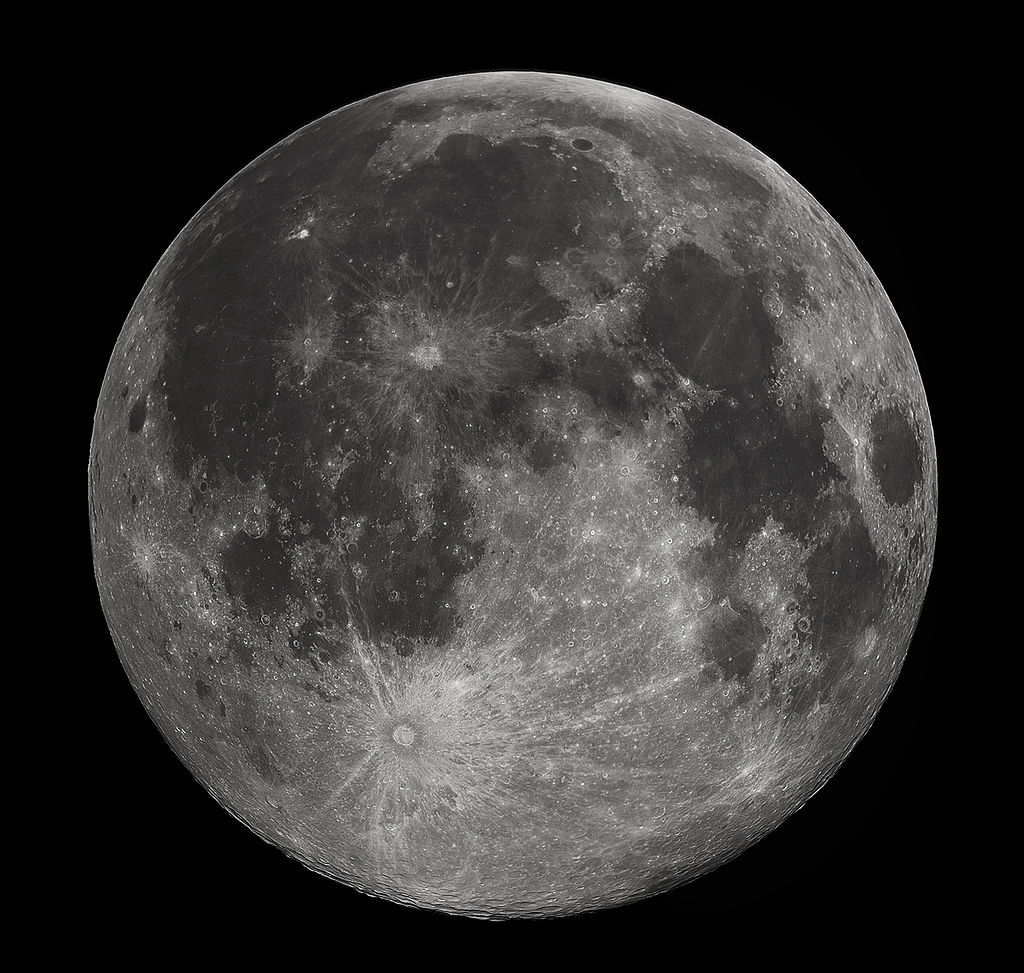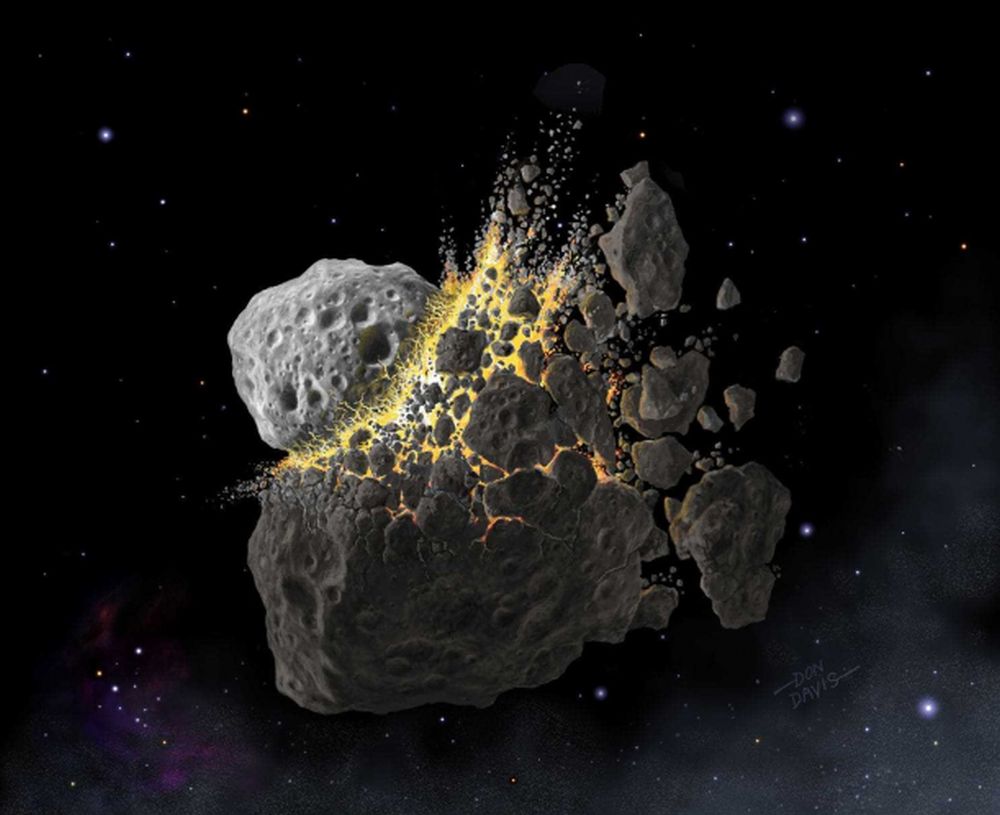Earth formed 4.54 billion years ago. The first period of the history of the Earth was known as the Hadean Period which lasted from 4.54 billion to 4 billion years ago. During that time, Earth was thought to be a magma filled, volcanic hellscape. It all sounds rather inhospitable at this stage but even then, liquid oceans of water are thought to have existed under an atmosphere of carbon dioxide and nitrogen. Recent research has shown that this environment may well have been rather more habitable than once thought.
Continue reading “The Early Earth Wasn’t Completely Terrible”The Moon was Pummeled Even Harder by Asteroids Than it Looks

The Moon’s pitted surface tells a tale of repeated impacts over a long period of time. While Earth’s active geology erases most evidence of impacts, the Moon has no mechanism that can do the same. So there it sits, stark evidence of an impact-rich past.
The visible record of lunar cratering is used to understand Earth’s formation and history since periods of frequent impacts would affect both bodies similarly. But something’s wrong in our understanding of the Moon’s history. Impact crater dating, asteroid dynamics, lunar samples, impact basin-forming simulations, and lunar evolution modelling all suggest there’s some missing evidence from the Moon’s earliest impacts.
New research says that there were even more large, basin-forming impacts than we think. Scientists think that some of those impacts left crater imprints that are nearly invisible.
Continue reading “The Moon was Pummeled Even Harder by Asteroids Than it Looks”A Distant Asteroid Collision Gave Earthly Biodiversity An Ancient Boost

About 466 million years ago, there was an asteroid collision in the asteroid belt between Mars and Jupiter. The collision caused the breakup of a major asteroid, creating a shower of dust throughout the inner Solar System. That event is called the Ordovician Meteor Event, and its dust caused an ice age here on Earth.
That ice age contributed to an enormous boost in biodiversity on ancient Earth.
Continue reading “A Distant Asteroid Collision Gave Earthly Biodiversity An Ancient Boost”
